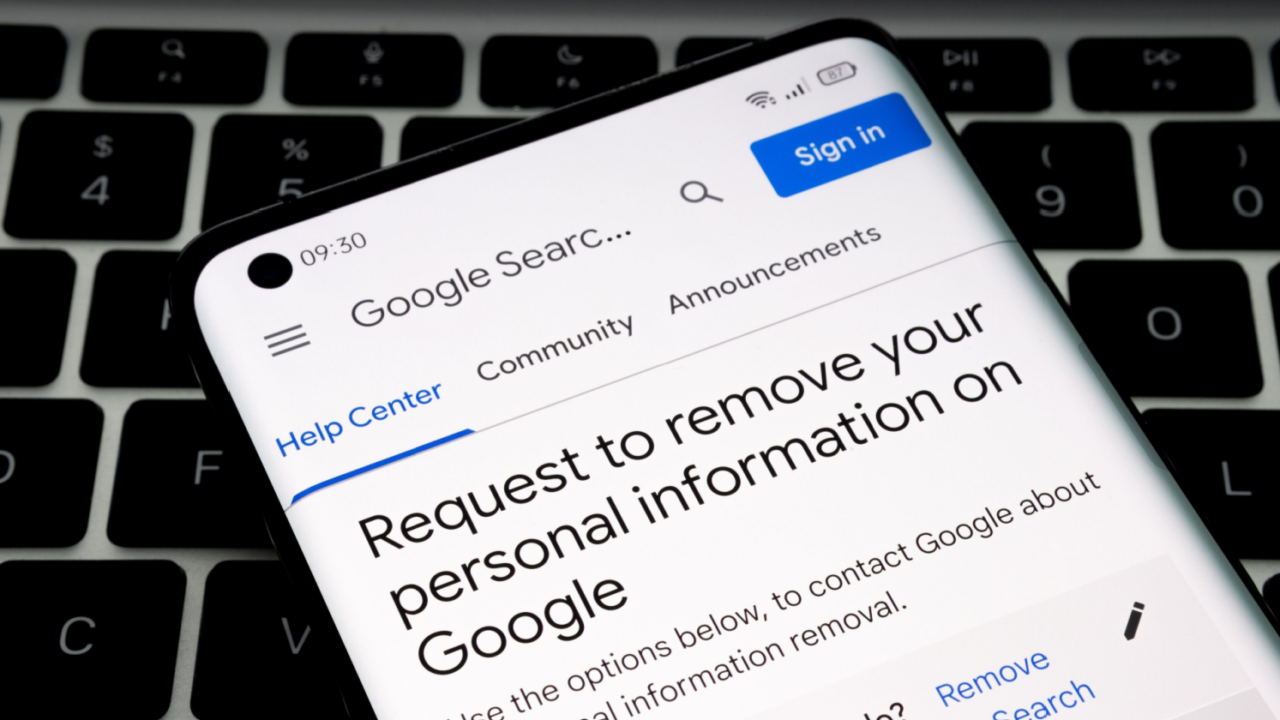
Protecting your privacy online is becoming increasingly important as we share more and more personal information on the internet. One of the largest search engines in the world, Google, collects a significant amount of data about its users. If you are concerned about your privacy and want to take steps to remove your information from Google, follow this step-by-step guide to help you do just that.
The first step is to review the information that Google has about you. To do this, log in to your Google account and visit the "My Activity" page. Here, you will see a list of all the activity that Google has tracked, including your searches, YouTube history, and location data. Take some time to go through this information and see what data Google has collected about you.
Once you have reviewed your activity, the next step is to delete any data that you no longer want Google to have. You can do this by selecting the items you want to remove from your activity list and clicking on the delete button. Keep in mind that while deleting this data will remove it from your account, it may still be stored on Google's servers for a certain period of time.
After cleaning up your activity, the next step is to manage your Google account settings. Go to the "Data & personalization" section in your Google account settings and review the different options available to you. Here, you can control what data Google collects about you, including your search history, location history, and voice recordings. Make sure to adjust these settings according to your privacy preferences.
Another important step in protecting your privacy is to remove your information from Google search results. If there is information about you on third-party websites that you want to remove from Google's search results, you can submit a removal request through Google's "Remove outdated content" tool. Keep in mind that Google does not have control over the content on third-party websites, so it may take some time for the information to be removed.
If you have a Google My Business listing and want to remove it from Google search results, you can do so by logging in to your Google My Business account and deleting the listing. This will remove your business information from Google's search results and maps.
In addition to managing your Google account settings, it is also important to take steps to protect your privacy while browsing the internet. Consider using a virtual private network (VPN) to encrypt your internet connection and hide your IP address from websites and advertisers. You can also use browser extensions like HTTPS Everywhere and Privacy Badger to enhance your online privacy.
Furthermore, be mindful of the information you share online and avoid posting sensitive information on social media platforms. Review your privacy settings on social media accounts and make sure that you are only sharing information with people you trust. This will help reduce the amount of personal information that is available online.
Lastly, periodically review your privacy settings and take steps to update them as needed. As technology continues to evolve, it is important to stay informed about the latest privacy threats and how to protect yourself online. By following this step-by-step guide and staying vigilant about your online privacy, you can take control of your personal information and reduce the risk of it being misused.
Protecting your privacy online is an ongoing process that requires diligence and attention to detail. By following the steps outlined in this guide, you can take proactive measures to remove your information from Google and protect your personal data from being exploited. Remember that your privacy is valuable and worth safeguarding, so take the time to review your online activity and make the necessary adjustments to keep your information secure.
